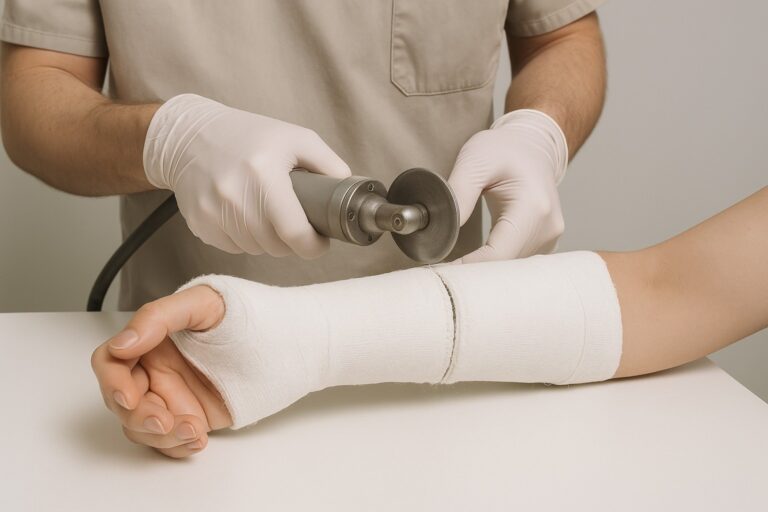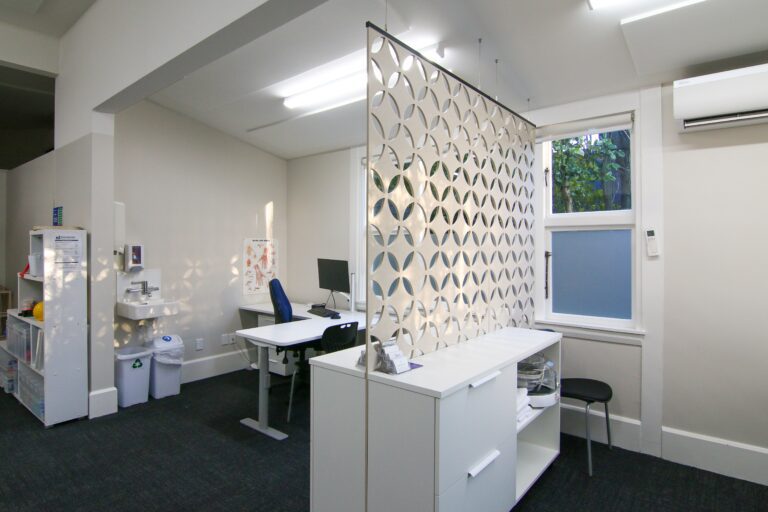Physical activity maintains the structural and functional integrity of the joint tissues. Without physical activity of sufficient intensity, duration, frequency and variety, joints weaken and stiffen, and hand function deteriorates.
In the well-functioning joint, the loading and unloading of joint tissues through movement stimulates an on-going process of tissue breakdown and repair that maintains or enhances tissue integrity and joint function. Excessive force is absorbed and the joint is protected from damage by the articular cartilage and other soft tissues.
When the forces acting on a joint are extreme, injury occurs, such as tendon rupture or cartilage and bone fractures. However, repetitive low loads can cause microtrauma to cartilage and bone that may exceed the ability of the joint to repair itself.
Some authors view OA as a process that is attempting to improve joint stability after cartilage breaks down. In this theory, the formation of osteophytes (bony projections that form along the joint margins) and thickening of the capsule are attempts of the joint to splint itself, and the development of subchrondral bone lesions, which alter joint shape, are attempts to normalise load bearing.
The reduction or re-alignment of the forces operating on a joint is often one of the goals of hand therapy. Therapies that act to re-distribute or reduce loads on joint surfaces have been shown to reduce symptoms and possibly OA progression in both large (knee) and small (thumb) joints.
Currently there is no indication that the pathophysiological process of OA has to be degenerative. OA becomes degenerative because the joint stressors that cause the problems continue to operate.
Muscle strengthening and joint mobilisation exercises are included in hand therapy for OA. Recent research suggests that it may also be valid to retrain hand coordination and proprioception (joint position sense). These help regulate joint movement and help protect the joint from injury.


